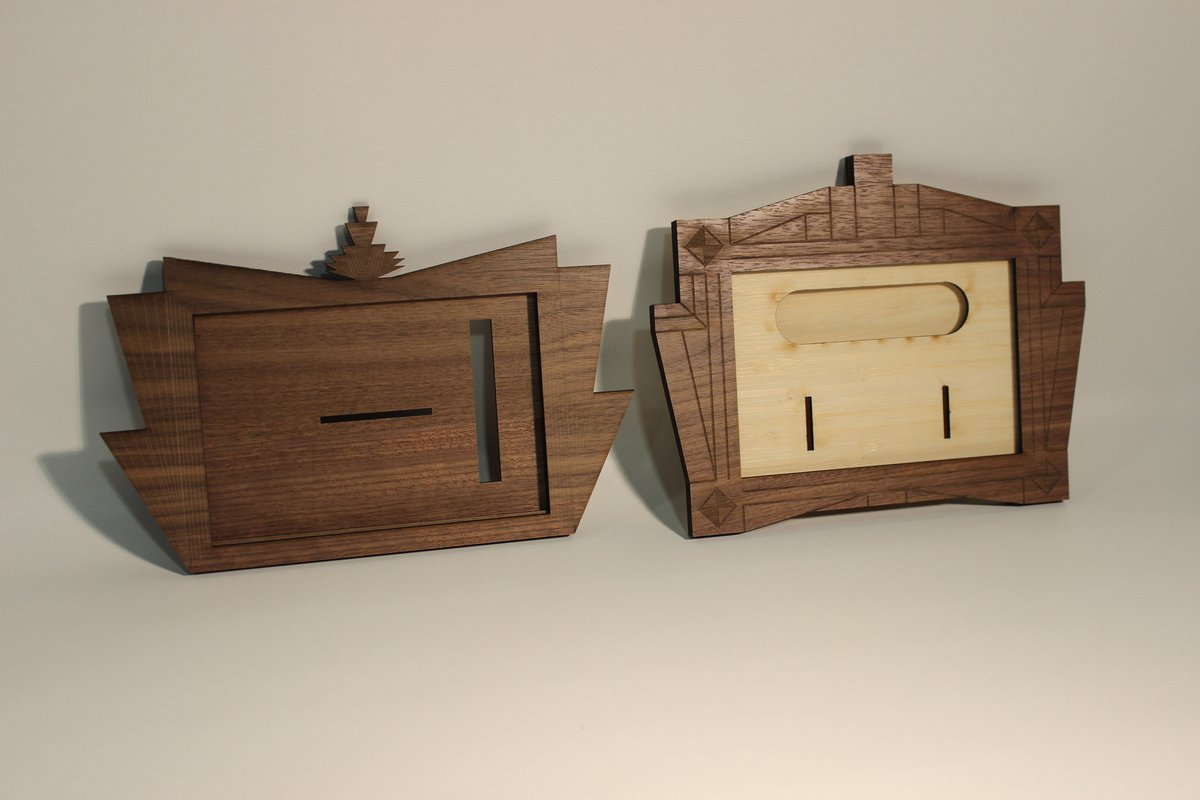
Applied Arts Subject Master Mr Nicholas Green introduces us to the world of Applied Arts and what is currently being created in Grammar’s technical workshops.
Boys usually suggest that Applied Arts involves technology, designing, drawing, computers, and making things. The practical aspect of making things is mentioned frequently and is an obvious part of the subject that engages the boys. Further interest really lies in what boys need to know before they make things and why we make things at all.
Applied Arts encompasses a wide range of skills, activities, topics, and ways of thinking. It falls between the Fine Arts, where aesthetics convey meaning in art works, and the Industrial Arts, that consider skill-based subjects combining materials and manufacturing. In the Applied Arts, the designer is mindful of the aesthetic and creates practical objects that engage visually; that have fitting appearance with reference to purpose, user, context, and appeal. Critically, such objects must meet specified needs and be of use; they must have a function. In the best examples of design, needs are met simply and elegantly by objects of structural integrity, efficient construction, and of beauty.
Many parts of the work answer the question, “What is applied?” The end result of a project is a quality object fit for purpose, but that is not all that has application. Critical and creative thinking skills are applied to identifying needs and assessing alternatives for shapes, materials, and steps in assembling prototypes. Form I boys do this as they incorporate their initials and pictures into a logo that conveys a sense of who they are.
Evaluative processes are applied throughout each project. Form II classes test the sound amplification properties of models before they finalise plans for a timber passive speaker for their phones. In Form III boys evaluate scale models as they design chairs that are aesthetically pleasing and ergonomically correct to ensure user comfort as well as visual appeal. Lego robots are built and evaluated as boys strive to code the most efficient algorithms.
All forms apply technologies seeking accurate and high quality outcomes. CAD/CAM operations – computer aided design and computer aided manufacture – use on-screen drawing to plan shapes and sizes and files are executed by laser cutting or 3D printing. Boys apply mathematical understanding and spatial thinking to move creative ideas from mind to device to reality. Form IV boys have studied Art Deco designs and analysed the geometric graphics and rich colours of the era to produce picture frames inspired by the opulent 1920s.
“Design and Technology taught me how to deal with a large project set over an extended period of time, encouraging time management skill development and discipline, both of which are incredibly helpful to have a handle on for university.” Matthew Weiss (OS 2017)
Senior boys in Forms V and VI apply further freedom of choice to their creativity and apply the skills from earlier years as they manage complex, long-term, technical projects that address social and environmental implications. A microprocessor-controlled indoor plant terrarium, low-cost share housing development, and motorised storage unit for people with impaired mobility are some of the projects in development this year.





